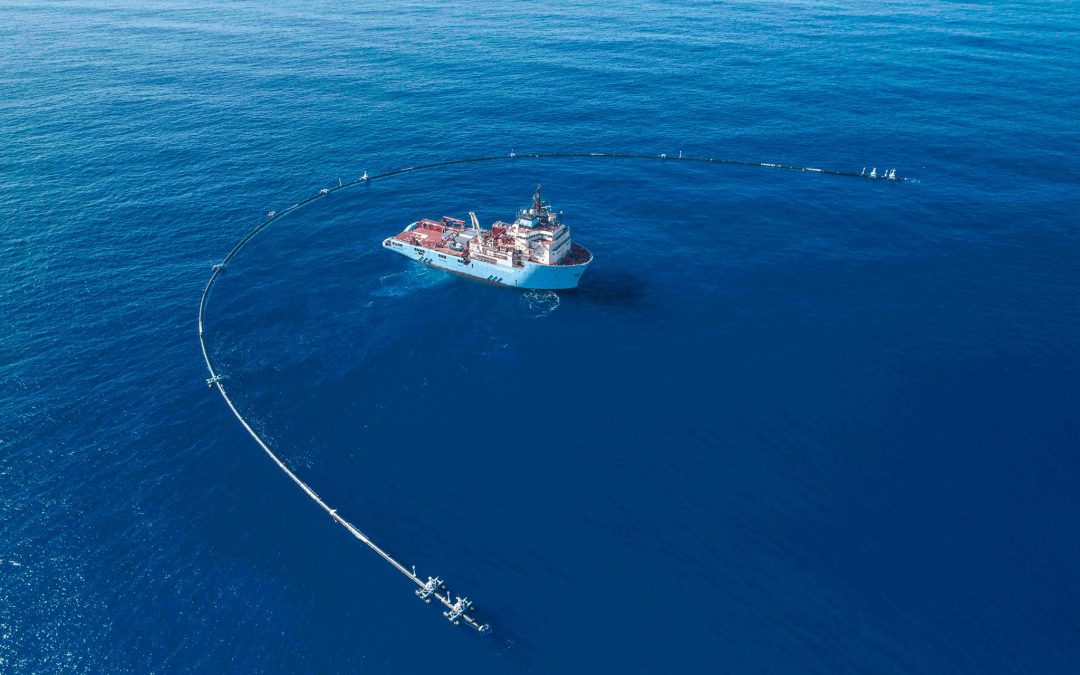Americas clean tanker rates are expected to continue their volatility at elevated levels during the second quarter, as US Gulf Coast refinery utilization above 90% and a gradual increase inPanama Canal transits will spur export activity both in the Atlantic Basin and West Coast Americas markets.
As reported by the US Energy Information Administration, US refinery utilization historically surpasses 90% in April as maintenance season begins at European refineries. This historically leads to volatile freight dynamics for the benchmark US Gulf Coast-Transatlantic route for medium range tankers during the beginning of the second quarter of the year.
Rates for the USGC-Transatlantic route have increased, on average, 70% from January to April from 2021 through 2024, according to S&P Global Commodity Insights data. The highest increase was recorded in 2022, when the monthly average went from w91.44 on January to w291.75 in April, compared with w89.35 to w123.21 in the same 2023 period.
“I think rates could increase in the beginning of the month as paper trades above the current markets,” a shipowner said.
He was supported by a second shipowner, who said “if refinery utilization increased, rates increasing is also a possibility.”
The robust utilization of US refineries underscores the consistent demand for refined products. Simultaneously, scheduled maintenance at European refineries is anticipated to disrupt supply chains, tightening available tonnage for trans-Atlantic voyages.
“Even though Europe’s demand for oil has fallen in 2023 and is expected to fall again in 2024, the EU’s importance to tanker trades has increased,” BIMCO Chief Shipping Analyst Niels Rasmussen said in the organization’s April 11 shipping number of the week. “Due to trade shifts, EU import tonne miles have risen from 11% of the total tanker trade in the first quarter of 2022 to 14% in the first quarter of 2024.”
Shipowner interest could rise on expanded Panama Canal transits
With the Panama Canal Authority increasing daily slots for Panamax locks on March 25 to 27 slots from 24, participants are expecting more shipowner interest to discharge at ports in West Coast South America.
The three daily additional slots offers a potential avenue for increased traffic through the canal, facilitating more transits and potentially impacting MR freight.
The USGC-Chile roundtrip voyage is becoming more attractive, shifting dynamics in route preferences, a third shipowner said. But he added that rates could remain above the $2.8 million level for the route, which has been the average rate from May 2023, when the Panama Canal Authority decided to slash daily transits and draft levels, until April 2024. Comparatively, freight on the route averaged $2.712 million from May 2022 through April 2023.
“There is a little more interest but still exposure on the way back,” the third owner said. “I don’t think rates will change because you still have to book via auction and still have waiting days.”
However, one charterer said the activity on that route did not change, but that rates could soon drop, as the premium on the freight to go through the canal could decrease.
“Activity never changed,” the charterer said. “The Panama Canal premium will be less, so Chile rates should narrow basis the [time charter equivalent] rates.”
Shipowners may opt to avoid routes to Northeast Asia during this period, as Asian refineries will also begin maintenance, which could redirect ships towards destinations like Chile. This redirection increase competition for available slots at the Panama Canal, further contributing to volatility in freight for routes to West Coast South America.
“I feel when market goes to current higher levels in the Americas there could be resistance from owners to go to the Far East,” a fourth shipowner said. “Most would prefer to fix a high rate as the round trip starts to get very attractive and, historically, the Far East is not as strong in April onwards due to Asia-Pacific turnarounds.”
US diesel to Brazil could increase after drones hit Russian refineries
Participants were concerned about potential impacts on Russian diesel exports following Ukrainian drone attacks on Russian refineries, which resulted in an approximate 1.4 million reduction in refining capacity.
“The recent attack on Russia’s Taneco refinery is likely to exacerbate an already tight diesel market,” Richard Joswick, head of near-term oil research at S&P Global, wrote in an April 2 research note.
While Russian diesel typically flows to secondary markets such as Brazil, the decrease in supply should reverberate throughout global markets, he added.
Reduced Russian exports could potentially intensify demand for alternative diesel sources for Latin America, which may increase volume on the medium range UGSC-Brazil route and potentially amplify volatility on that trade lane.
As the second quarter unfolds, tight global diesel supply should persist, particularly if Russia’s exports are significantly impacted over a prolonged period. While refined product supply is anticipated to increase throughout the year, the return of Russian capacity to full operation and the extent of fall maintenance there will impact supply dynamics.
“I don’t think the attacks will affect Brazil because it’s full of diesel now,” a shipbroker said. “Many vessels with Russian diesel are still floating waiting to discharge, many Long Range 1. But I heard the sanctions got stricter and receivers in Brazil might have to pay directly to Russia and that could be a huge problem. I think there’s a chance that Brazilian charterers start looking to USGC diesel again but for the next months.”
Source: Hellenic Shipping News






